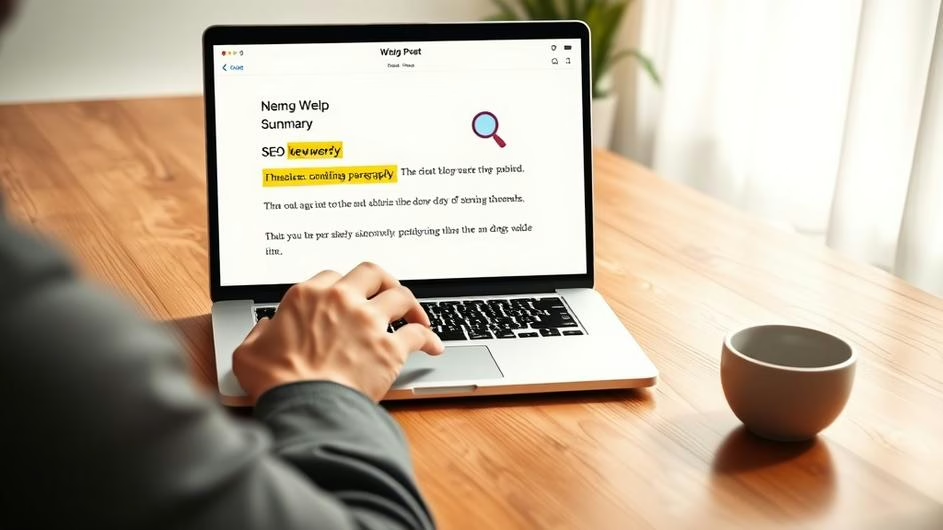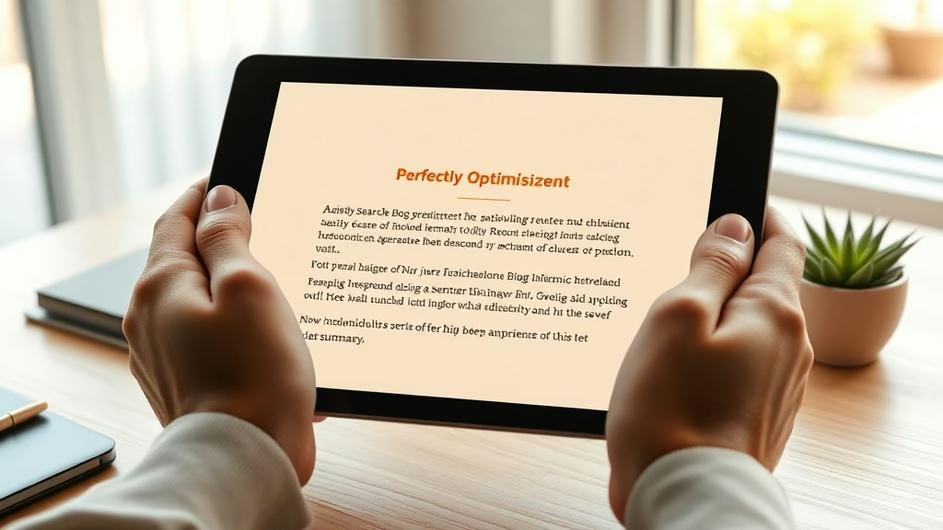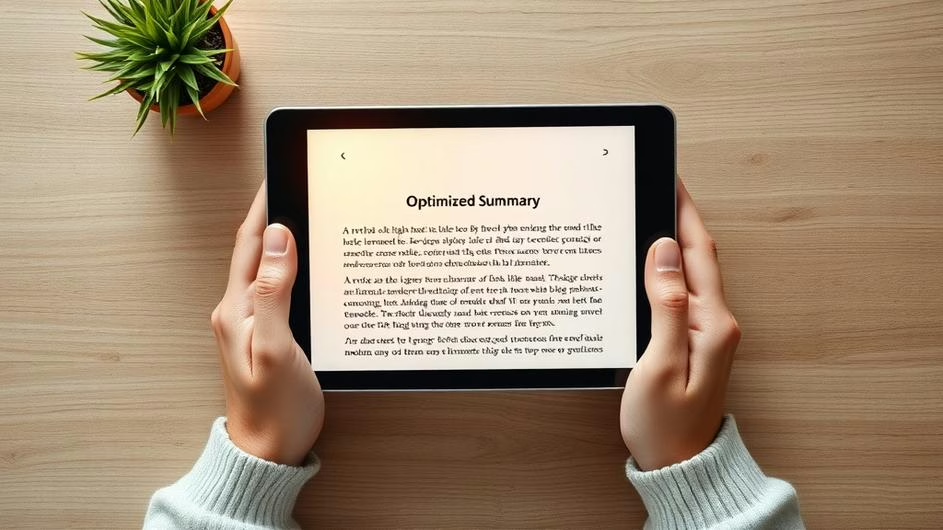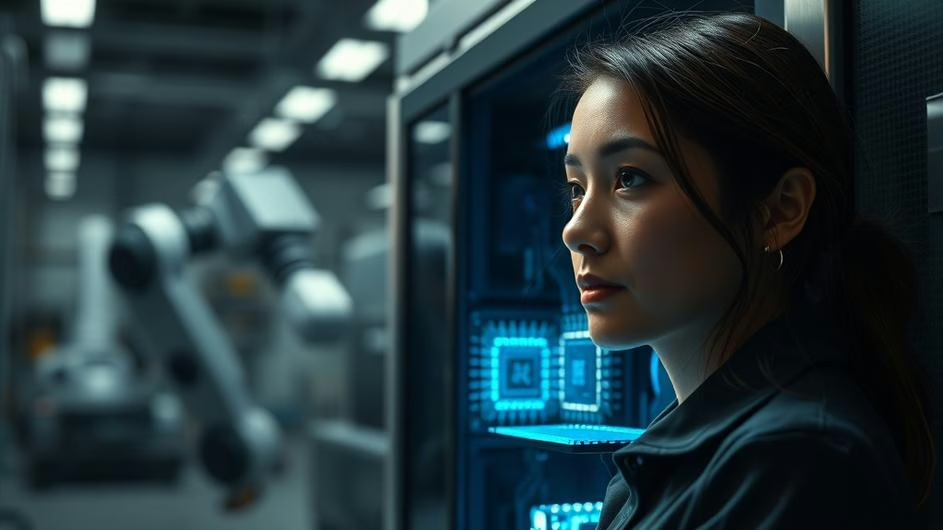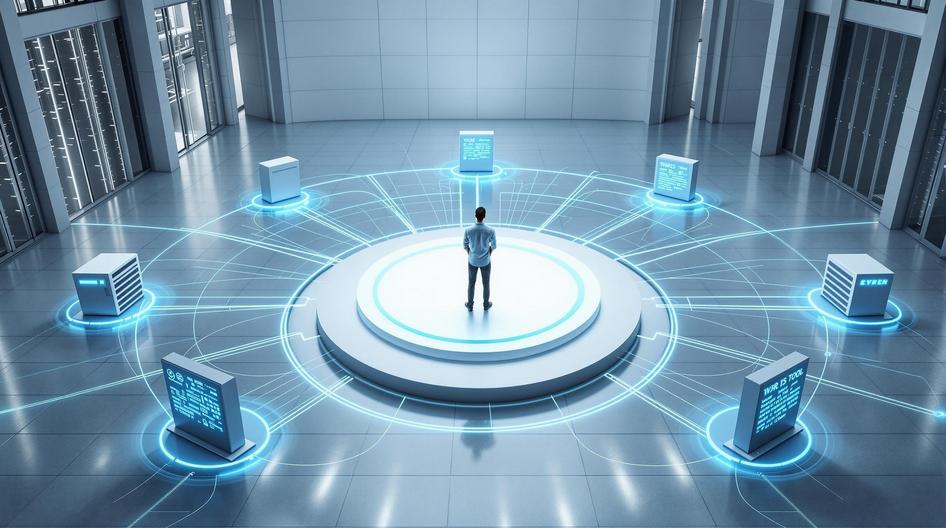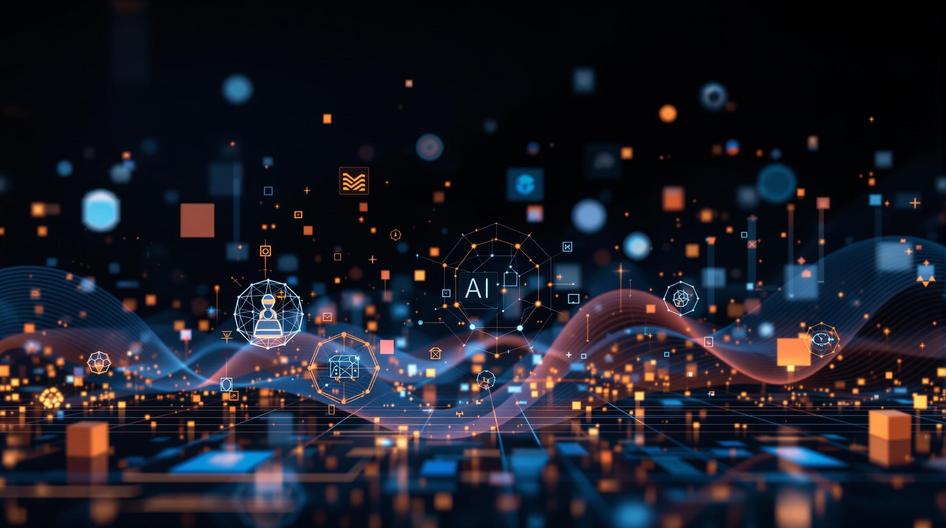
AI Transformation: From Prompt Engineering to Cybersecurity and Health Innovation, Tech’s Next Wave is Here
We’re watching something remarkable unfold. As 2025 progresses, artificial intelligence isn’t just improving individual apps or services anymore. It’s weaving itself into the fabric of how we work, learn, and protect ourselves online. The convergence happening right now between AI, cybersecurity, infrastructure, and even healthcare represents one of the biggest shifts in tech since the internet went mainstream.
But here’s what’s really interesting: this isn’t just about Silicon Valley anymore. These changes are rippling through every industry, creating opportunities for developers, traders, and tech professionals who know how to ride the wave.
The New Career Currency: Prompt Engineering
Remember when knowing HTML was a career differentiator? Today, it’s all about prompt engineering skills. According to recent Forbes analysis, professionals who’ve mastered the art of communicating with large language models like ChatGPT are seeing salary bumps of up to 47%.
The techniques aren’t rocket science, but they’re game-changing. Take persona prompting, where you essentially tell ChatGPT to “act like” a specific professional. Want better LinkedIn content? Tell it to be a social media strategist. Need help with technical interviews? Configure it as a senior developer. It’s like having a Swiss Army knife for professional tasks.
Then there’s in-context learning, which sounds fancy but basically means showing the AI examples of what you want. Feed it a few corporate emails alongside their casual counterparts, and suddenly it understands your company’s tone. This isn’t just about productivity anymore. It’s about positioning yourself for the future, especially as AI partnerships reshape entire industries.
Cybersecurity’s New Nightmare: AI-Powered Social Engineering
Here’s where things get serious. While everyone’s excited about AI’s potential, cybersecurity professionals are losing sleep over something else entirely. For the first time ever, AI-driven social engineering has topped the list of cyber threats, according to a major ISACA survey.
Think about it: if ChatGPT can write convincing emails when you give it the right prompts, what happens when bad actors use similar tools to impersonate your CEO? Or your bank? The same natural language capabilities that make AI so useful also make it incredibly dangerous in the wrong hands.
With 63% of IT professionals citing this as their top concern for 2026, we’re looking at a fundamental shift in how organizations need to approach security. It’s not enough to train employees to spot obvious phishing emails anymore. When AI can craft personalized, contextually relevant messages that sound exactly like your colleagues, the game has completely changed.
This creates massive opportunities for developers working on cybersecurity infrastructure. The demand for AI-powered detection tools and authentication systems is about to explode.
Infrastructure Gets Smart: Code That Manages Itself
While security teams scramble to adapt, infrastructure engineers are getting some powerful new tools. The recent launch of Formae by Platform Engineering Labs represents something bigger than just another DevOps tool.
Formae lets teams define their entire cloud infrastructure in code using the PKL language. But here’s the kicker: it doesn’t just deploy infrastructure. It continuously reconciles what you’ve defined with what’s actually running, making adjustments automatically. It’s like having a self-healing system that keeps your cloud environment exactly where you want it.
For crypto projects and blockchain developers, this kind of infrastructure reliability isn’t just nice to have, it’s essential. When you’re dealing with crypto security and sovereignty, any infrastructure hiccup can mean real financial consequences.
The open-source nature of Formae also signals something important about where the industry is heading. Community-driven development is becoming the norm, not the exception.

Education’s AI Ethics Challenge
Meanwhile, educators are grappling with their own AI revolution. The 1EdTech Consortium’s K-20 collaboration is bringing together schools, tech companies, and policymakers to figure out how AI should work in classrooms.
This isn’t just about preventing cheating (though that’s part of it). It’s about creating standards that let AI tools actually understand educational contexts. Think about the complexity here: an AI needs to know not just what a student is asking, but where they are in their learning journey, what their school’s curriculum looks like, and how to provide help without doing the work for them.
The collaboration is building on standards like the Model Context Protocol, which is becoming crucial for enterprise AI integration across multiple sectors.
Healthcare’s Nano-Revolution
Perhaps the most exciting developments are happening in medicine. Recent research published in Nature showcases breakthrough advances in cancer vaccine development using nanotechnology.
Scientists are now creating personalized cancer vaccines using designer nanodiscs that deliver mRNA directly to dendritic cells. These aren’t just theoretical advances, either. Early clinical trials show these personalized mRNA vaccines are triggering immune responses and improving survival rates, particularly for pancreatic cancer patients.
What makes this so remarkable is how multiple technologies are converging. AI helps identify the right cancer neoantigens for each patient. Nanotechnology delivers the treatment precisely where it needs to go. And advanced manufacturing makes personalized medicine scalable.
For investors watching the health tech sector, this represents a massive market opportunity as personalized medicine moves from research labs to clinical reality.
What This Means for Tech Professionals
So where does this leave developers, traders, and tech professionals? The message is clear: specialization matters, but so does understanding how these technologies connect.
If you’re a developer, learning prompt engineering isn’t optional anymore. It’s like learning Git or understanding APIs. But don’t stop there. The professionals who’ll thrive are those who understand how AI impacts their specific domain, whether that’s DeFi protocols, infrastructure management, or healthcare applications.
For crypto and blockchain professionals, these trends create unique opportunities. The intersection of AI and blockchain technology is still relatively unexplored, but we’re already seeing AI-powered trading algorithms, smart contract auditing tools, and decentralized AI networks.
The infrastructure improvements we’re seeing also benefit blockchain networks directly. More reliable, self-managing cloud infrastructure means better uptime for nodes, validators, and DeFi applications.
The Integration Imperative
What’s happening now isn’t just technological advancement. It’s technological convergence. AI isn’t developing in isolation. It’s being woven into cybersecurity, infrastructure, education, and healthcare simultaneously.
This creates both opportunities and challenges. Organizations that can integrate these technologies effectively will have massive advantages. Those that treat them as separate initiatives will struggle to keep up.
For individual professionals, the key is developing what we might call “integration thinking.” How does improved prompt engineering affect cybersecurity protocols? How do infrastructure advances enable better AI applications? How do educational AI standards influence enterprise adoption?
The professionals who can connect these dots, who understand how these trends reinforce and amplify each other, will be the ones shaping technology’s next chapter.
We’re not just witnessing multiple technological revolutions happening simultaneously. We’re seeing them merge into something entirely new. And for those ready to adapt, the opportunities are unprecedented.
Sources
-
3 ChatGPT Prompts To Boost Your Salary Up To 47% In 2026, Forbes, October 19, 2025
-
Progress in cancer vaccines enabled by nanotechnology, Nature, October 17, 2025
-
1EdTech Announces K-20 Collaboration to Shape Responsible AI in Education, THE Journal: Technological Horizons in Education, October 22, 2025
-
AI-Driven Social Engineering Top Cyber Threat for 2026, ISACA Survey Reveals, Infosecurity Magazine, October 20, 2025
-
Formae Launches To Modernize Infrastructure Management, Forbes, October 22, 2025

































